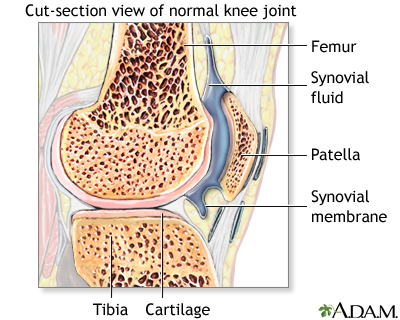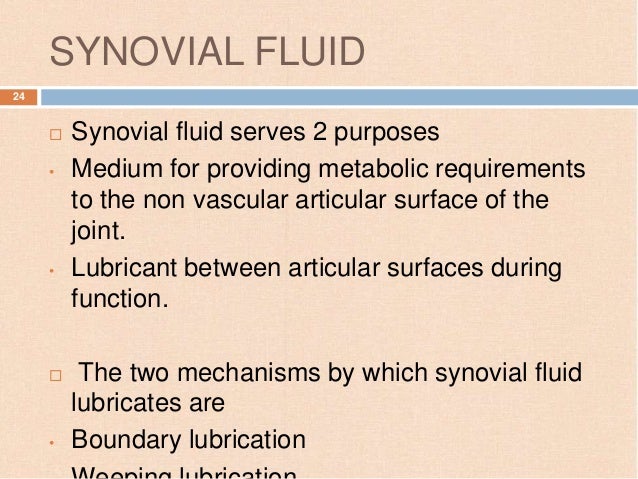

The balance between levels of individual SLs is critical. The function of SLs depends on their acyl chain length and degree of saturation. SLs are structural components of plasma membranes and bioactive molecules that have significant functions in proliferation and growth as well as differentiation, cellular signal transduction, and apoptosis in many mammalian cells for instance fibroblast-like synoviocytes (FLSs) and neural cells –. The metabolic pathways of SLs form complex networks of reactions that involve many enzymes and intermediate metabolites that are needed for the biosynthesis, degradation, and remodeling of individual SLs –. A common constituent of all SLs is the sphingoid base, which is an organic aliphatic amino alcohol sphingosine (SPH) or a structurally similar compound.

Sphingolipids (SLs) are a class of lipids that include ceramide (Cer) species, sphingomyelins (SMs) and more complex glycosphingolipids. A precise profile of the chemical composition of SF during disease-related alterations will increase our knowledge about the pathogenesis and possible options to treat these joint diseases. The chief functions of SF are shock absorption load bearing lubrication of articular surfaces, such as those of cartilage, the meniscus, tendons, and ligaments and nutrition and communication medium of joints.Īltered composition or concentrations of SF components are linked to osteoarthritis (OA) and rheumatoid arthritis (RA) –. Synovial fluid (SF) can be viewed as an ultrafiltrate of plasma that contains locally synthesized factors, such as cytokines growth factors and lubricating compounds, such as lubricin, hyaluronic acid, and phospholipids. No additional external funding was received for this study.Ĭompeting interests: The authors have declared that no competing interests exist. The funders had no role in study design, data collection and analysis, decision to publish, or preparation of the manuscript. This is an open-access article distributed under the terms of the Creative Commons Attribution License, which permits unrestricted use, distribution, and reproduction in any medium, provided the original author and source are credited.įunding: This work was supported in part by a grant of the DRB foundation and by the “LipidomicNet” project, funded within the Seventh Framework Programme of the European Union (Grant agreement number 202272). Received: DecemAccepted: FebruPublished: March 19, 2014Ĭopyright: © 2014 Kosinska et al. PLoS ONE 9(3):Įditor: Paul Proost, University of Leuven, Rega Institute, Belgium (2014) Sphingolipids in Human Synovial Fluid - A Lipidomic Study. Thus, our lipidomic study provides the foundation for studying the biosynthesis and function of lipid species in health and most prevalent joint diseases.Ĭitation: Kosinska MK, Liebisch G, Lochnit G, Wilhelm J, Klein H, Kaesser U, et al.

Sphingolipids can alter synovial inflammation and the repair responses of damaged joints. The level of 21 lipid species differed in eOA SF versus SF from lOA, an observation that can be used to develop biomarkers. A total of 41, 48, and 50 lipid species were significantly increased in eOA, lOA, and RA SF, respectively when compared with normal SF.

We provide a novel, detailed overview of sphingolipid and minor glycerophospholipid species in human SF. SF without cells and cellular debris from 9 postmortem donors (control), 18 RA, 17 eOA, and 13 lOA patients were extracted to measure lipid species using electrospray ionization tandem mass spectrometry - directly or coupled with hydrophilic interaction liquid chromatography. This lipidomic investigation aims to quantify the composition of sphingolipids (sphingomyelins, ceramides, and hexosyl- and dihexosylceramides) and minor glycerophospholipid species, including (lyso)phosphatidic acid, (lyso)phosphatidylglycerol, and bis(monoacylglycero)phosphate species, in the SF of knee joints from unaffected controls and from patients with early (eOA) and late (lOA) stages of osteoarthritis (OA), and rheumatoid arthritis (RA). Alterations in its composition can be pathogenic. Articular synovial fluid (SF) is a complex mixture of components that regulate nutrition, communication, shock absorption, and lubrication.


 0 kommentar(er)
0 kommentar(er)
